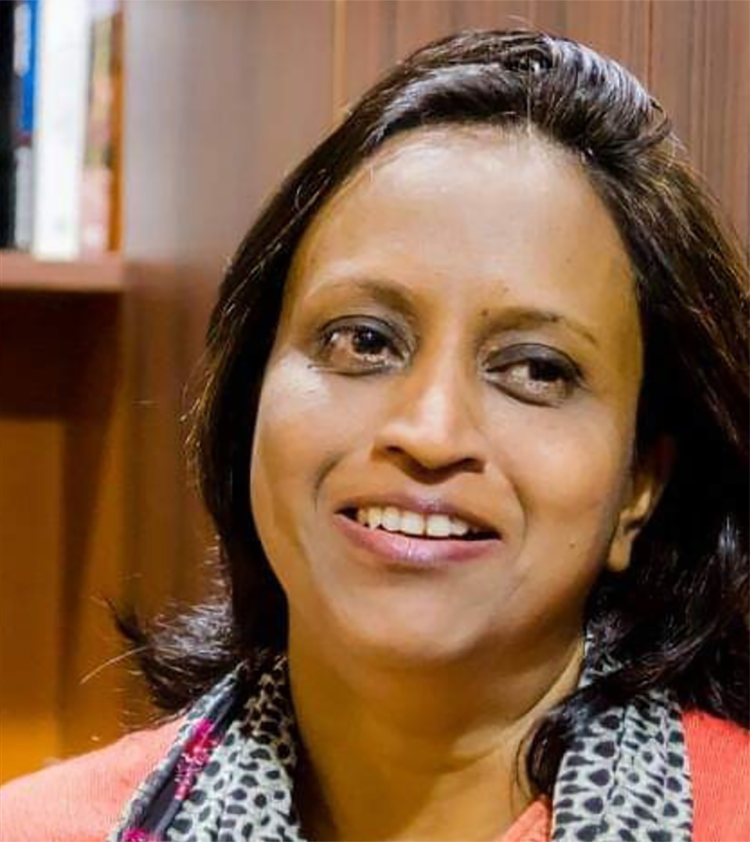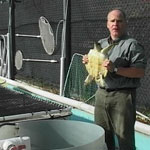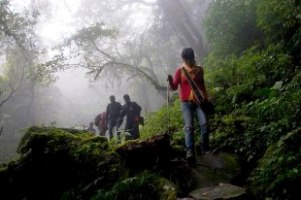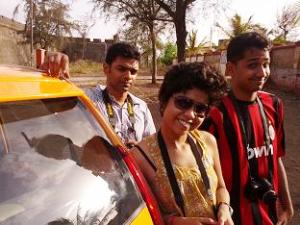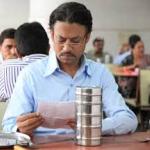1. Why is networking among Environmental journalists so important?
Our fellow journalists can be some of our best resources and contacts to research our stories. Given today's globalized world, networking across political boundaries is more important than ever.
2. It is said that unlike politics, environment knows no borders. How do you think this network of environmental media can help address the pressing environmental issues of the world?
Many issues we each face in our own countries are also being experienced elsewhere, or indeed have been previously addressed abroad. It's important to capture that learning, and can help us resolve some of our environmental challenges in a quicker and more sustainable way. There has often been talk about using such lessons to "leapfrog" into a more sustainable future. If that is to happen, providing useful communication links between countries and societies is vital.
3. What has been the biggest achievement of the Earth Journalism Network?
Good question. On the broadest level, we've been able to show that we can help build a global network of journalists committed to covering environmental issues. More locally, we are proud we've been able to help launch and support local networks of environmental journalists and help them become local institutions in countries such as Indonesia, the Philippines and Mexico.
As examples of the kind of impacts EJN has had, the journalists we work with have helped to save Tam Dao National Park in Vietnam from ruinous development, uncovered dozens of illegally polluting factories in the Chinese city of Liupanshui, uncovered a wildlife smuggling ring in Indochina, and led the Costa Rican government todevelop a national climate change strategy.
What makes us happiest is the positive impact we've had on the lives and careers of many of our members. At a personal level, that's very fulfilling.
4. The Earth Journalism Network frequently organizes Fellowships for journalists eager to report from major environmental summits. What are the criteria for selecting journalists for such summits?
The criteria vary from programme to programme.We usually try to state what they are upfront in our calls for applications. Typically, criteria include the quality of the journalist (as demonstrated in the application or phone interview or via references), their stated goals in seeking to join the programme and the quality of the stories they submit, demonstrated support from editors/supervisors. Language skills is often a criteria - in many cases we feel that being able to communicate in English is necessary to get the most out of a fellowship, although in the case of the Rio+20 Summit for instance, we and our partners equally accepted fluency in Portuguese or Spanish. We usually seek a measure of geographic diversity and gender balance, although in some cases we're not able to achieve this.
5. How do you ensure that there is equitable representation of journalists from all parts of the world in your events?
We cannot ensure equitable representation of journalists from all parts of the world. It simply isnot possible. In many cases, we are restricted by our donors as to the region or country we can take journalists from - we do not necessarily welcome that but generally accept it, within reason. More practically, the quality of the applications we get often varies from country to country or region to region. Our panels of judges often face the difficult situation of having many excellent applicants from a few countries, and fewer, weaker or less experienced applicants from entire regions. This presents a dilemma as the judges have to decide whether to accept candidates with weaker applications in the interests of greater balance. It's a tricky balancing act, but these are not decisions we take lightly.
6. The Climate Change Media Partnership has traversed many years and many countries. Has it yielded any practical outcome at the local level?
There have been one or two cases where we know local policies have changed as a result of CCMP Fellows' reporting.A story from a Nepalese journalist helped unlock some aid funds that were tied up due to bureaucratic squabbling. But mostly, because the subject is so broad, you don't really know for sure what impact the coverage is having on policy and public attitudes. One demonstrated outcome of the CCMP is that many Fellows have gone on to become local leaders in environmental reporting, organizing workshops, training fellow journalists and improving the reporting quality back home.
7. There has been a mushroom growth of media schools all over India. How do you think can environmental media be incorporated in the curriculum of these schools? How can the Earth Journalism Toolkit help?
Clearly, the environment is one of several fields for which journalism schools can offer dedicated courses, as do many schools in the other countries (often combining it with science or health reporting). Not only is it an important topic, but also a fascinating one which many students are often interested in, given the impact environmental issues will have on their future. We believe the Earth Journalism Toolkit and many other resources journalists and students can find on our Resources page can be a big help.
Lecturers are certainly free to use it as a teaching tool, by providing due credit.
8. What do you think will be biggest challenge for environmental journalists in the coming decades?
All sorts of journalists will face the challenge of providing quality reporting in the face of rapid changes in digital media, many of which are undermining the traditional business models of the news media. And environmental journalists will face a particular challenge.Let's face it, many media owners and editors don't consider it a high-priority subject. If current trends persist, and if for instance the projections of climate scientists are borne out, environmental issues could become among the most important of the coming century.
9. How do you think social media changed the way environmental stories are reported?
Journalists must be quicker, nimbler and more multi-faceted than ever. Nowadays, you not only have to research and write a story (if you're working for a newspaper or website).You often have to produce an accompanying video or audio piece, distribute it among multiple social media channels, and fight for attention among an avalanche of competing sources. The upsideis that you now have an opportunity to have a bigger audience than ever before. It's an exciting new world. I think we've only just started to realize all the implications.
Find us on facebook: facebook.com/TheThumbPrintMag

